【5.3.2】直接药物设计
直接药物设计:
- 直接药物设计是指基于受体结构的药物设计
- Direct drug design = structure-based drug design (SBDD)
- The structure of the target protein should be known.
- The location of the active site should be known.
直接药物设计方法
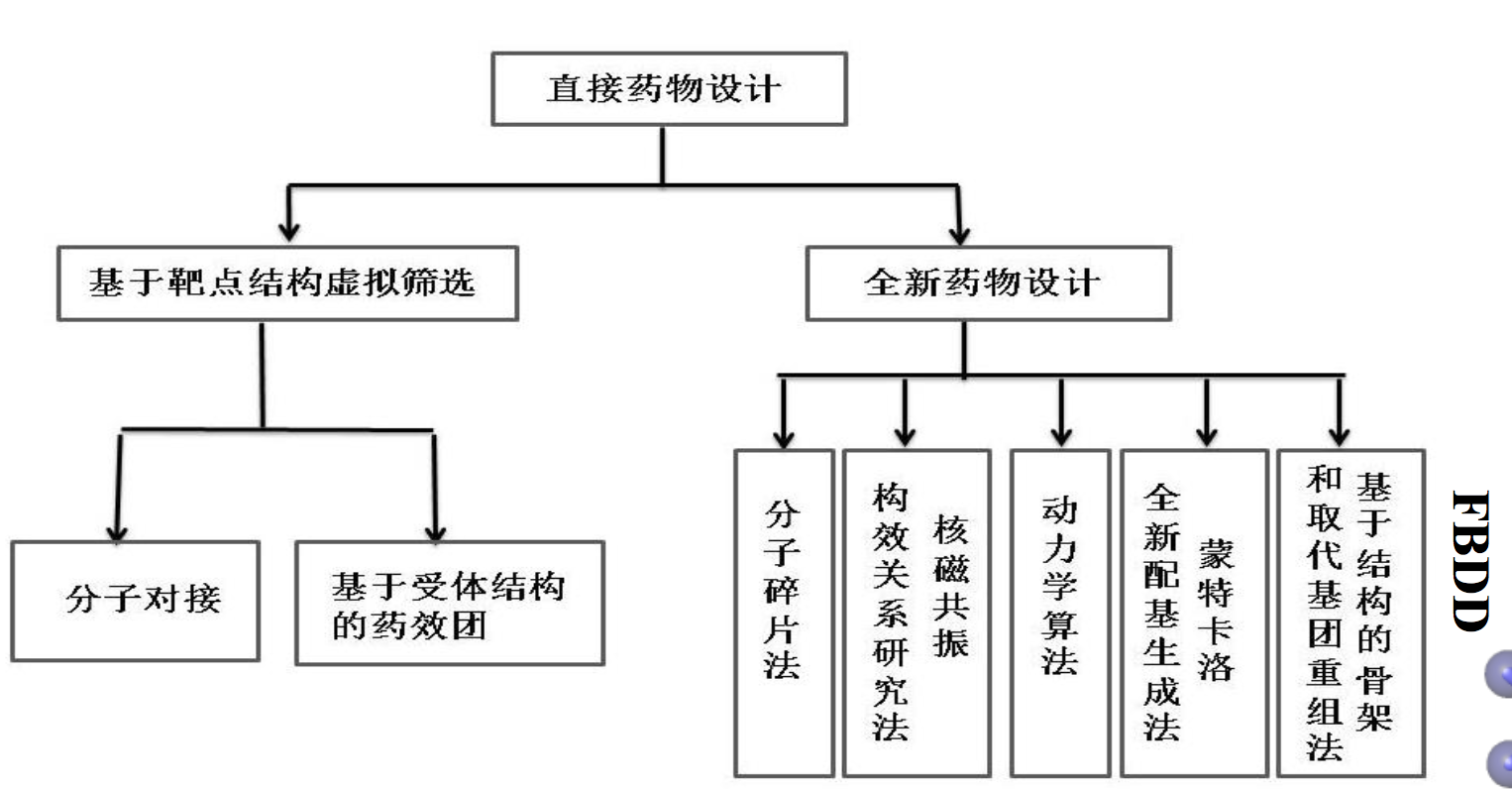
全新药物设计(de novo drug design)基本流程

一、活性位点分析 active site analysis
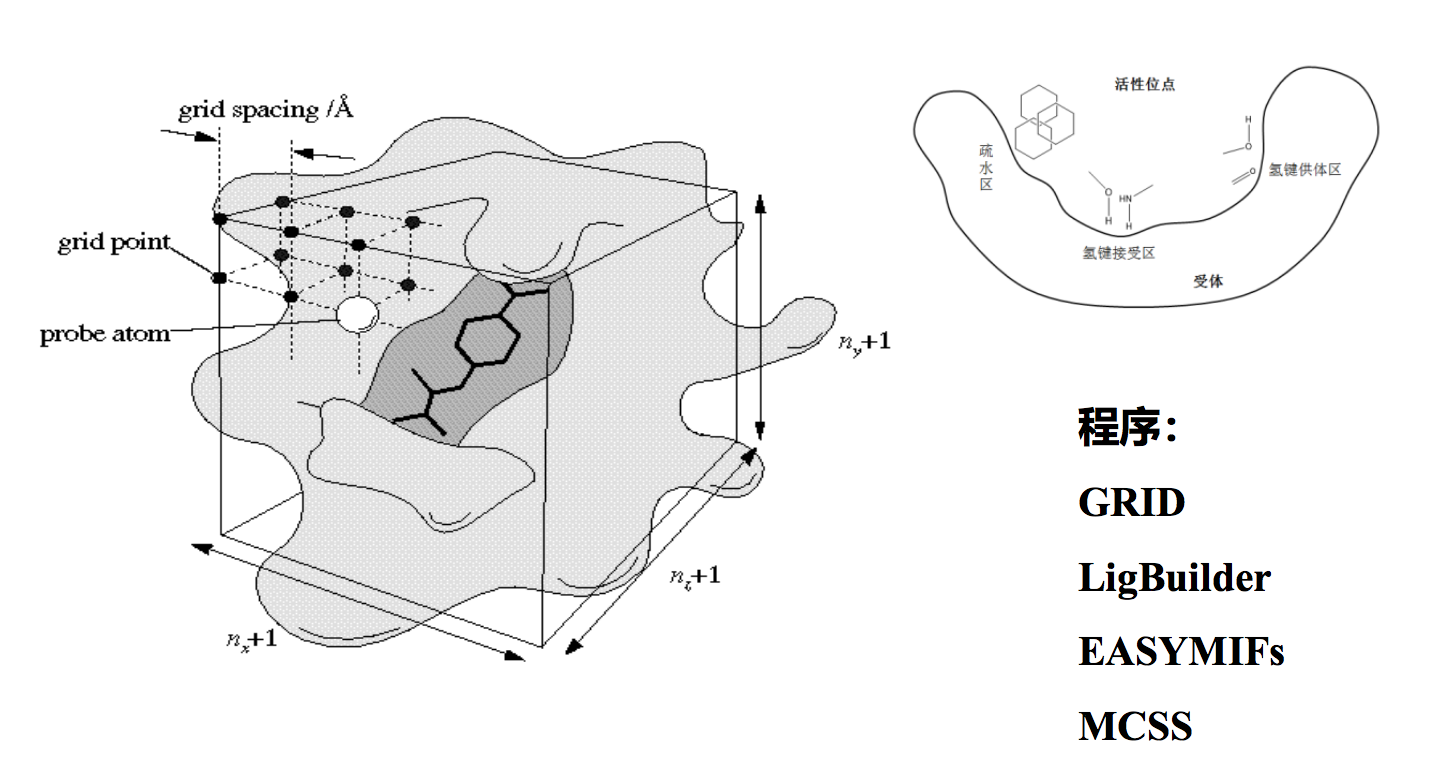
二、分子对接 Molecular Docking
分子对接:将配体分子放置到受体大分子的活性位点中,预测小分子与受体结合构象及作用能的过程
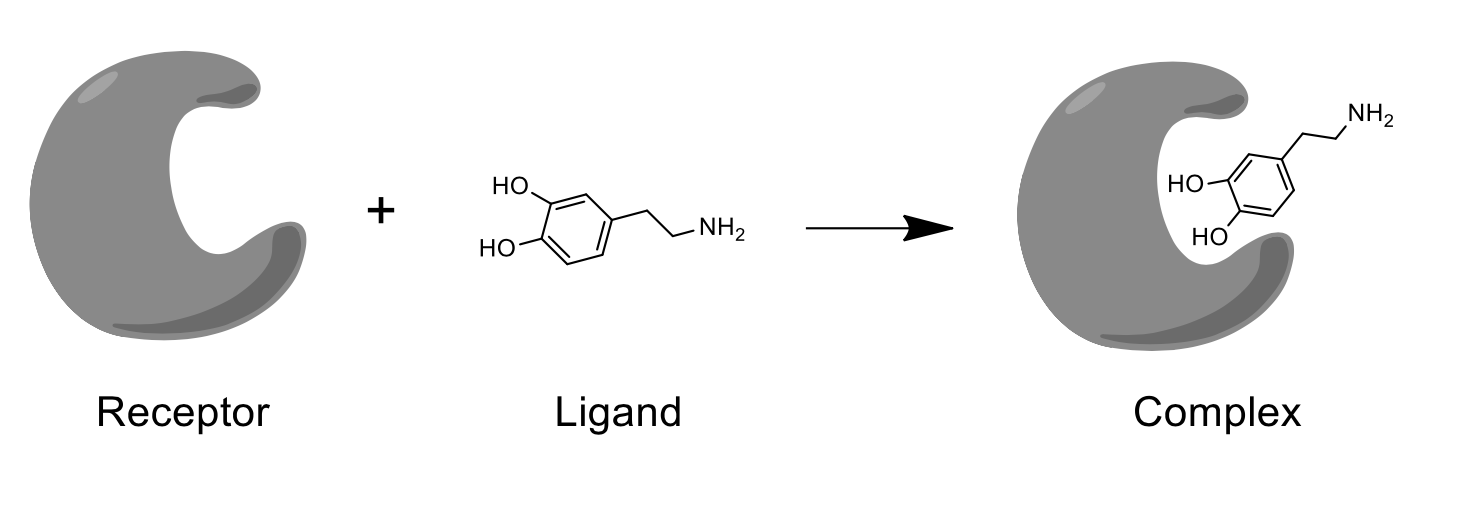
- Docking is most often used to predict favorably docked complexes between a receptor and a ligand.
- Given a drug-like molecule, will it fit into the binding site and is it predicted to bind better or worse than another molecule
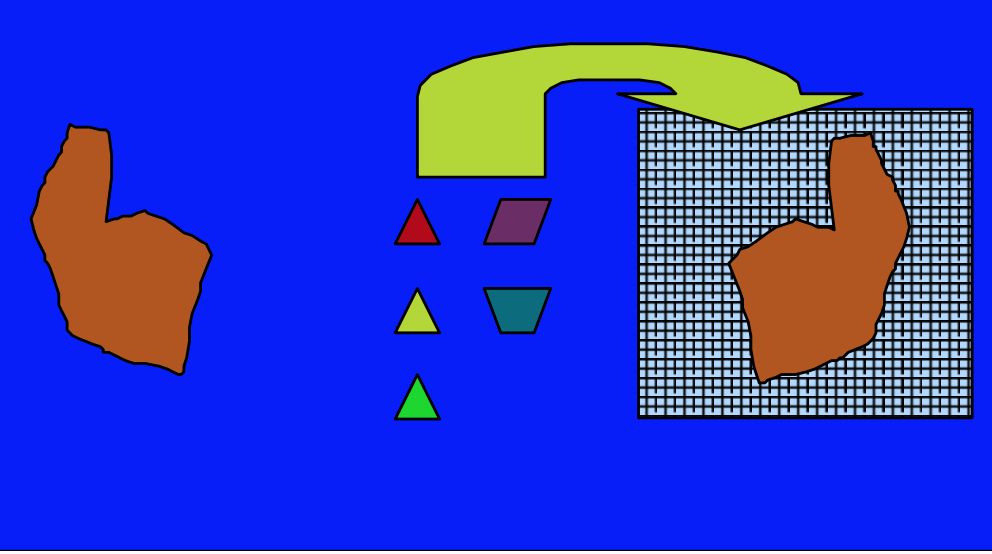
分子对接原理
根据几何匹配和能量匹配,寻找两个分子之间最佳相互作用模式

- Receptor: enzyme, ion channel, antibody…
- Ligand: drug, peptide, antigen, polysaccharide…
- Receptor-Ligand Interactions: electrostatic interaction, hydrogen bond, hydrophobic interaction
分子对接核心步骤
搜索算法:
- 搜索配体与受体的可能结合模式
- 配体的可能构象
- 配体在活性位点的可能取向
打分函数:
- 对配体与受体的结合模式进行打分寻找最合理的结合
- 经验打分函数
- 能量打分函数
- 一致性打分(Consensus Score)
分子对接的分类
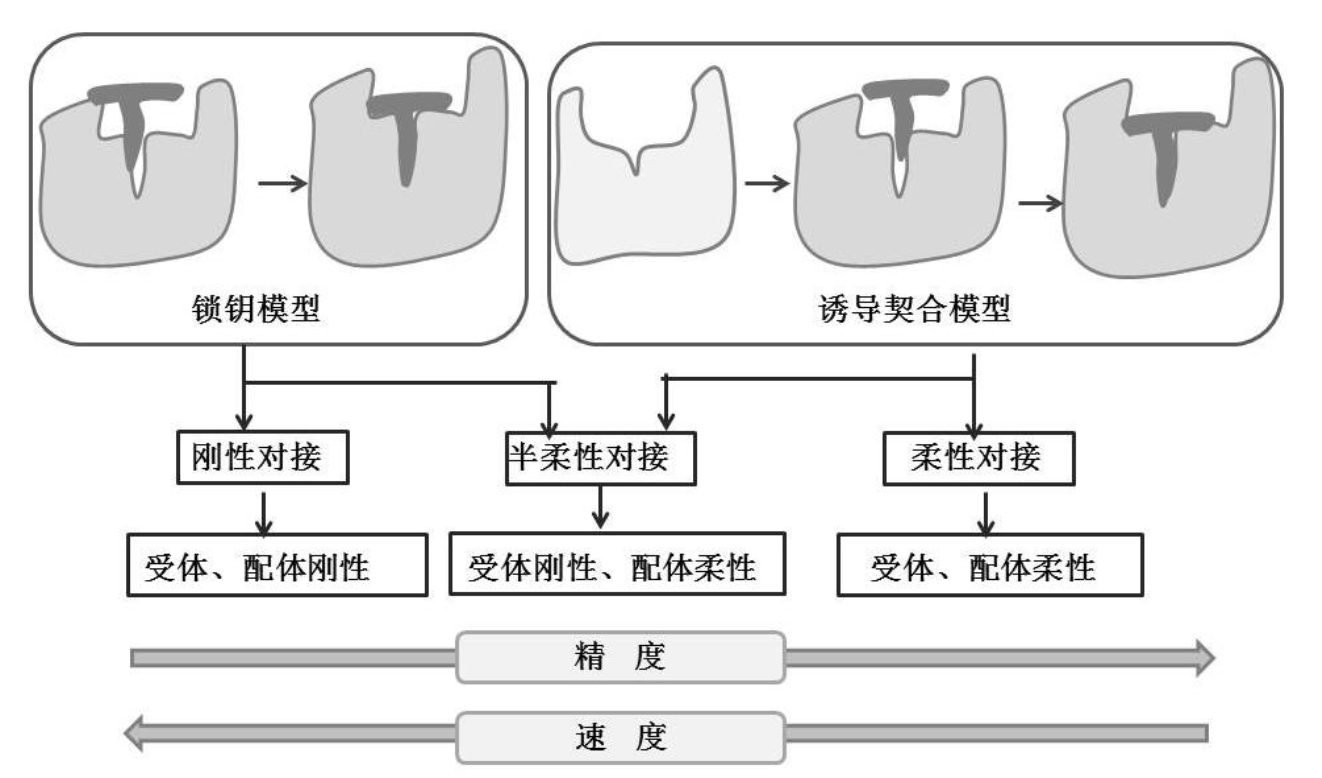
Docking problem:
– you have one or more molecules and you want to see how and how strongly they might bind to a particular receptor. – In order to speed the calculations, the energy is often pre-calculated on a grid that is later used as a lookup table. – Issues such as ligand and protein flexibility, and method for scoring are the most serious ones

Docking of Ligands: In Silico Virtual Screening
分子对接可进行虚拟筛选, 它将三维数据库中的小分子 放置于受体的活性部位,搜 寻配体合适的取向和构象, 使得配体和受体的形状和相 互作用的匹配最佳,进而利 用打分函数打分。
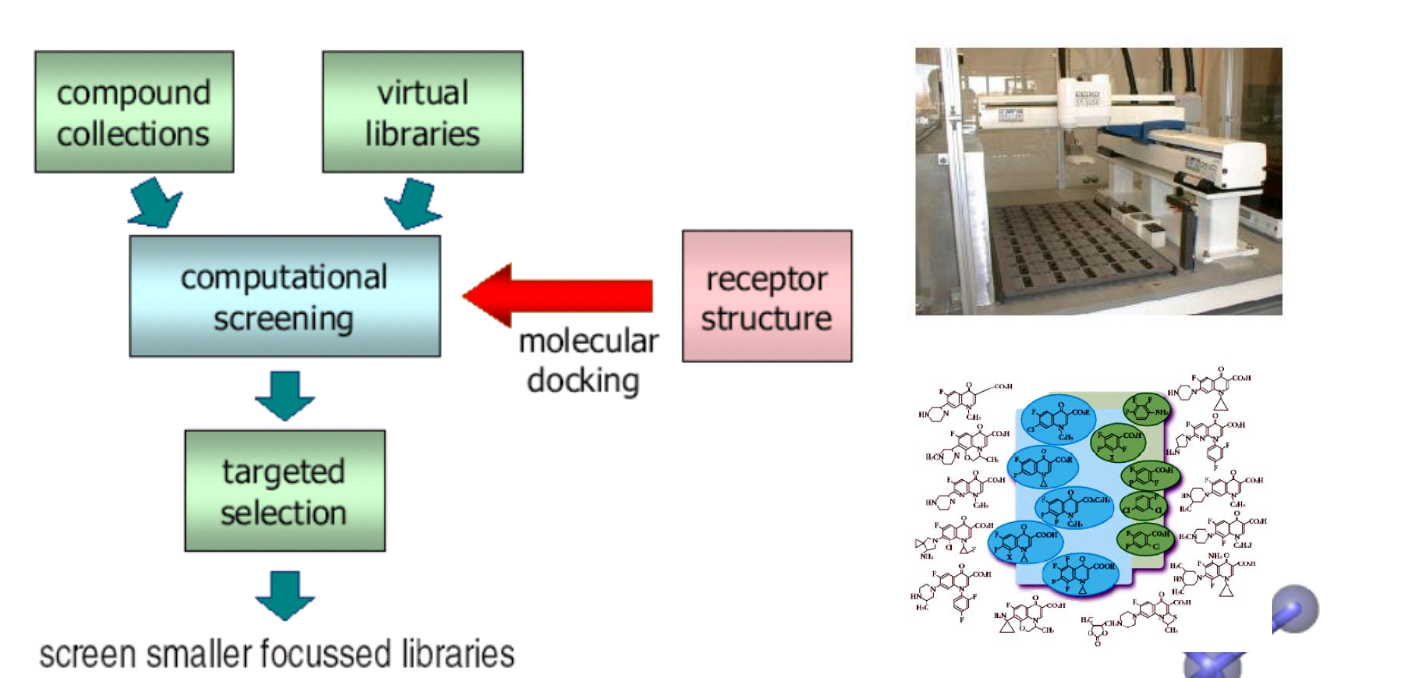
三、基于活性位点构建药效团模型
结合部位认定的自动分析方法:
- 利用探针分析活性位点的结构,即用探针原子或基团探测能与靶点产生较好相互作用的部位
- 主要软件:Sybyl; Discovery Studio; Schorodinger
“负片”映射:
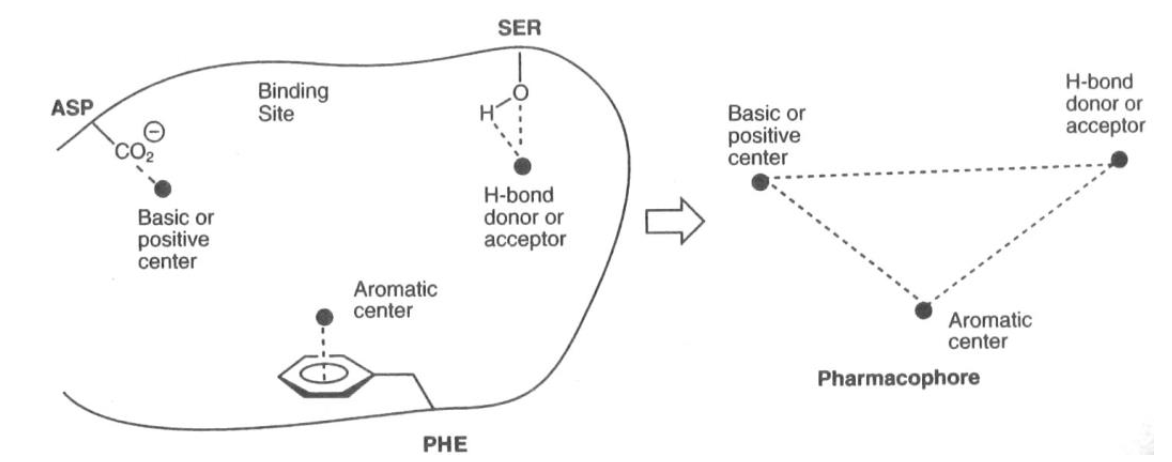
3.1 基于片段的药物设计 Fragment Based Drug Design (FBDD) 基本方法与步骤
1、小分子化合物库的建立
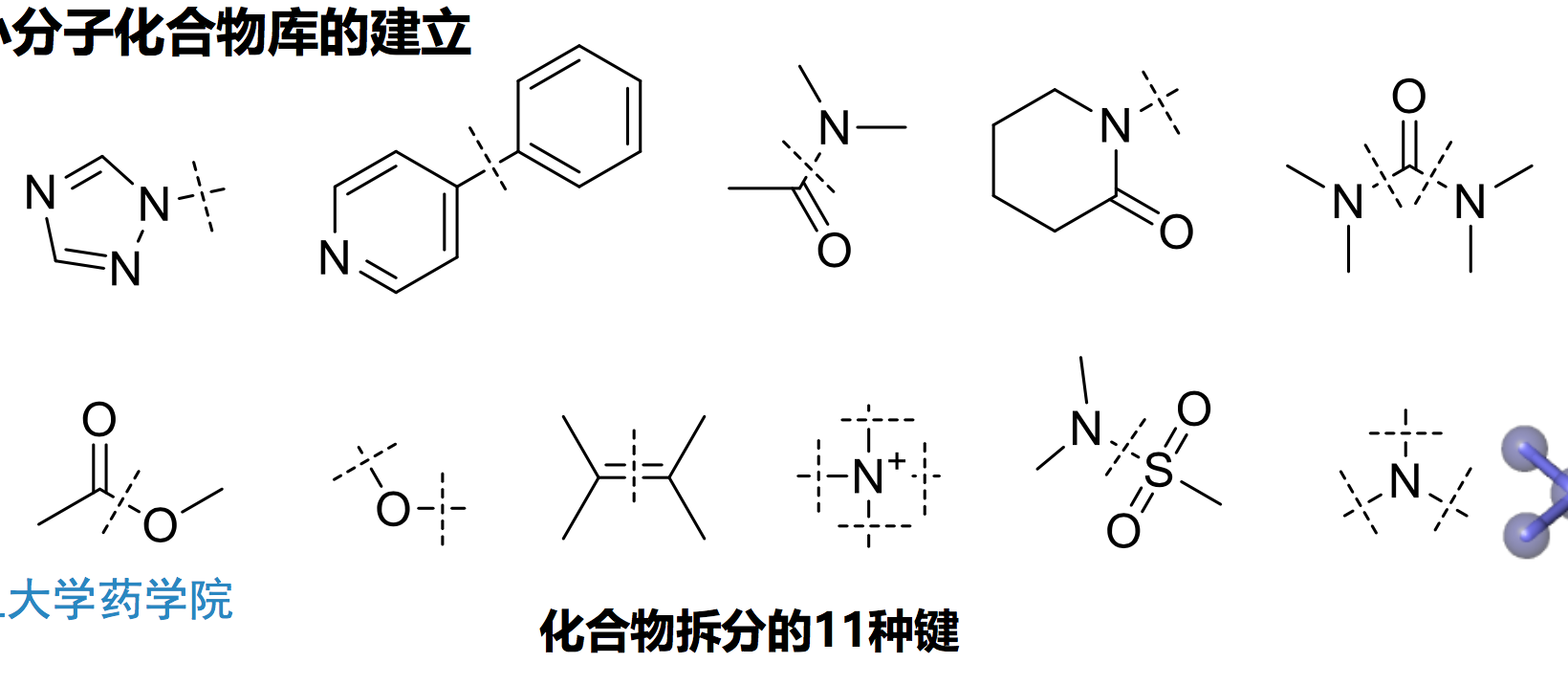
2、活性小分子片段的筛选技术
- NMR技术
- X-射线单晶衍射
- 高浓度筛选
- 表面等离子共振技术
- 热漂移检测
- 恒温滴定量热法
- 干涉测量法
3、活性小分子片段的筛选过程
- 初步筛选:这一步筛选需要迅速缩小筛选范围,因此选择具有高通量性质的利用等温 滴定量热仪( ITC )方法比较合适,利用ITC可以将待筛选化合物迅速缩小;
- 特异性结合的确认验证:主要用基于配体的核磁共振技术来验证小分子片段与靶 点的结合是否是特异性的,只有特异性的结合才能进入下一步筛选;
- 鉴定和表征:利用X-Ray单晶衍射法或者恒温滴定热量法来一一分析小分子片段与 靶点的相互作用,从中筛选出活性最好的先导化合物进行下一步优化
4、活性片段的优化和组装
(1) 片段连接法

(2) 片段自我组装法
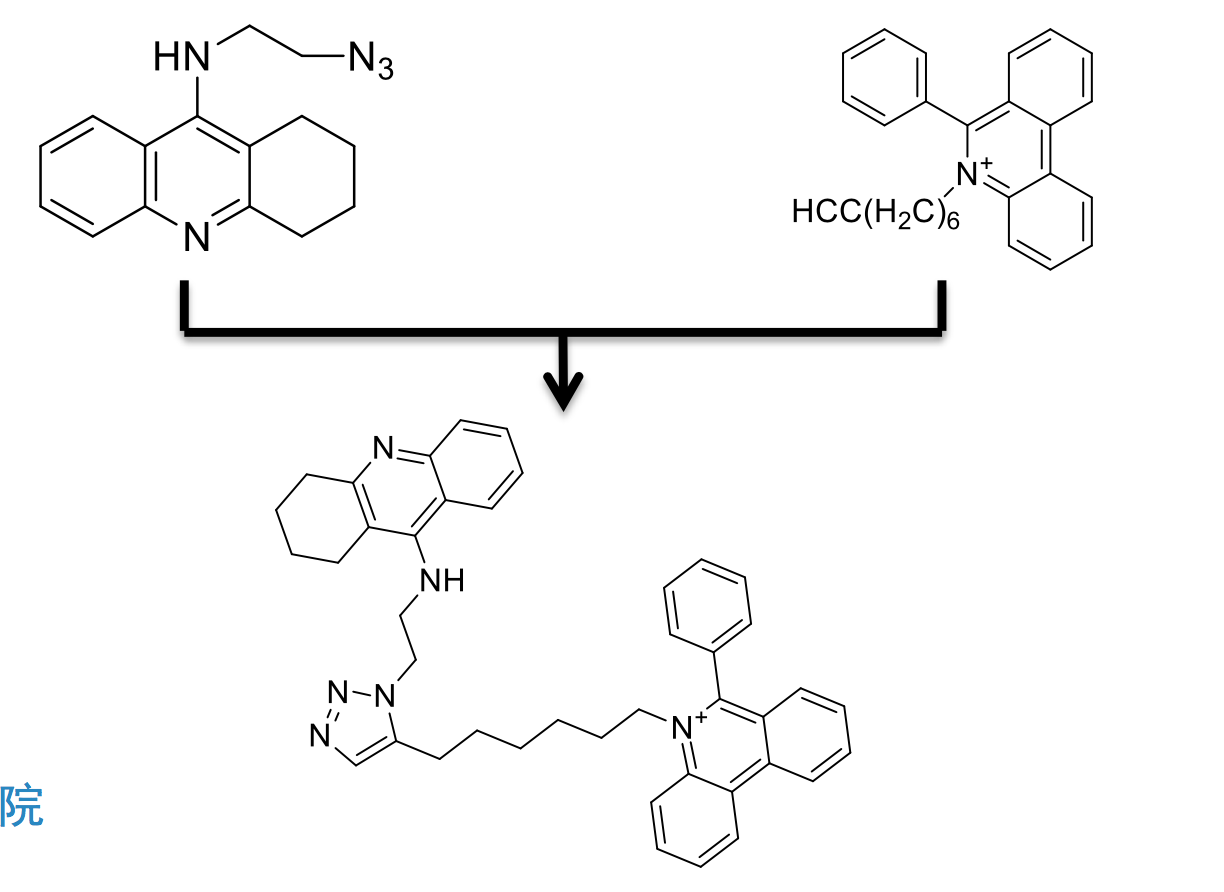
(3)片段优化法

(4)片段生长法
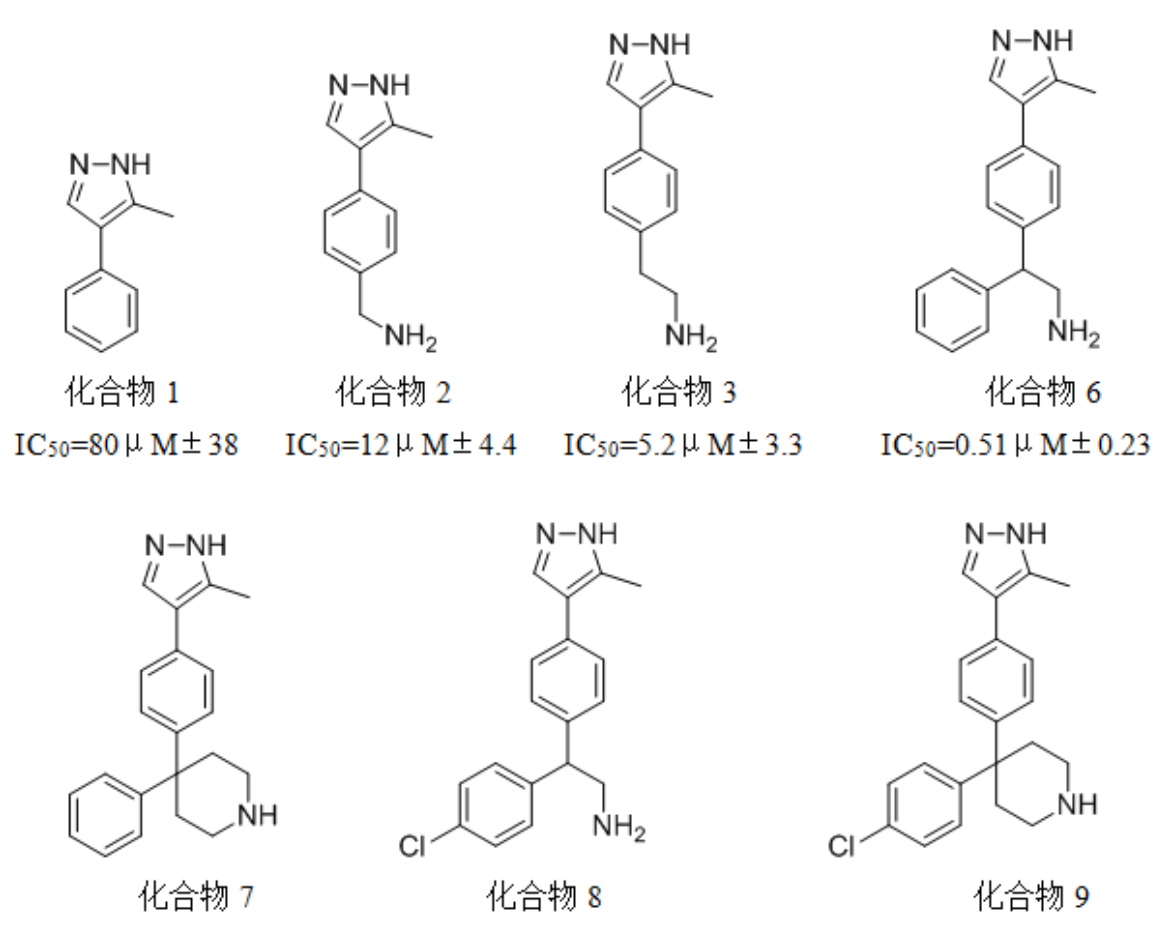
3.2 全新药物设计对配体的要求
- 结合状态中呈稳定的构象
- 分子具有柔性
- 易于合成,避免过多的手性中心
3.3 全新药物设计的优缺点
优点:
- 配体结构可能是全新的,不受现有知识的约束,也不受人的思维束缚
- 该方法既可用于先导化合物的发现,也可用于对先导化合物的结构优化
缺点:
- 可能只是理论分子,仅对接有效,且可能不易合成
参考资料
- 复旦大学 李伟 老师的 《药物设计学》 课件
这里是一个广告位,,感兴趣的都可以发邮件聊聊:tiehan@sina.cn
![]() 个人公众号,比较懒,很少更新,可以在上面提问题,如果回复不及时,可发邮件给我: tiehan@sina.cn
个人公众号,比较懒,很少更新,可以在上面提问题,如果回复不及时,可发邮件给我: tiehan@sina.cn

